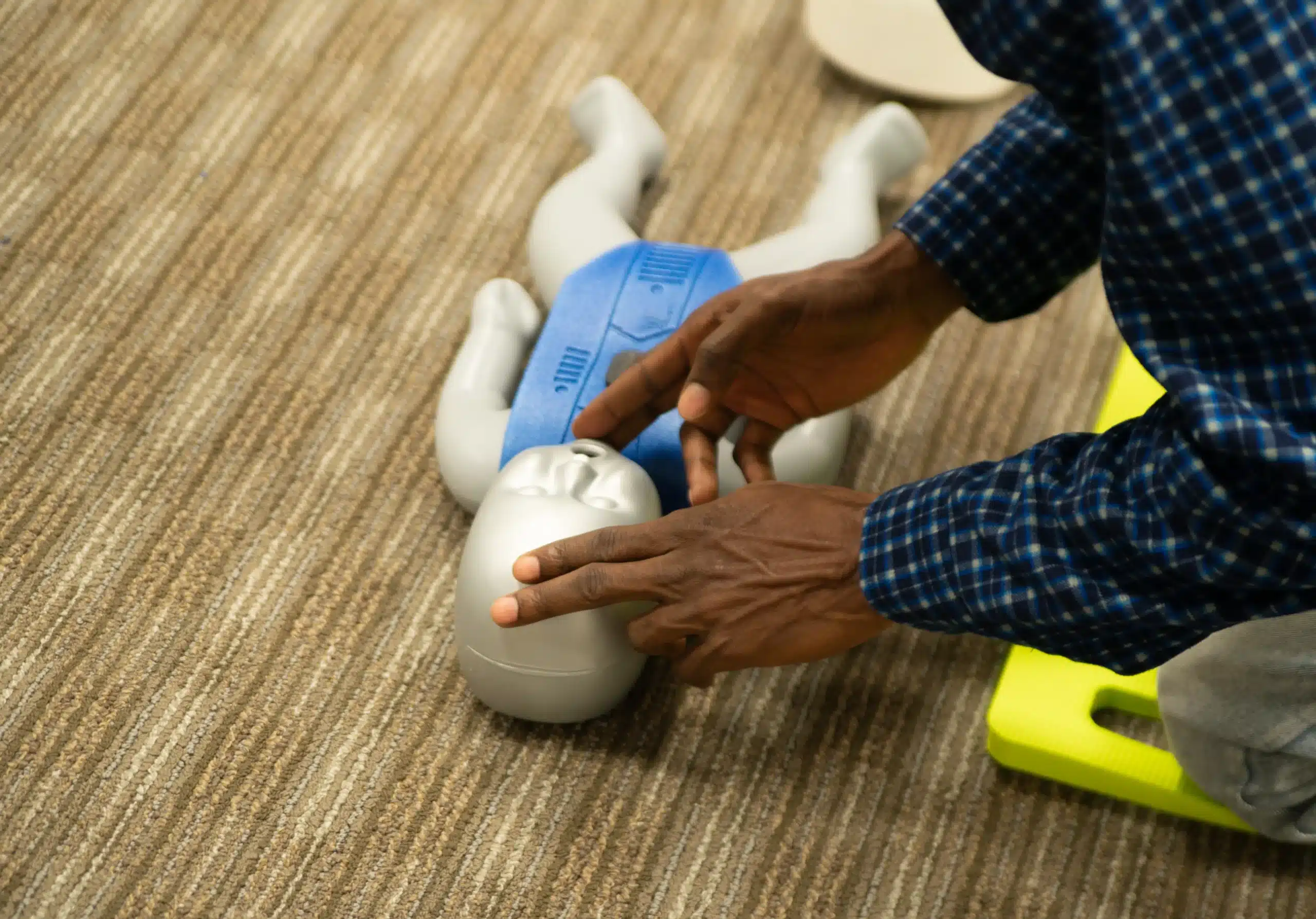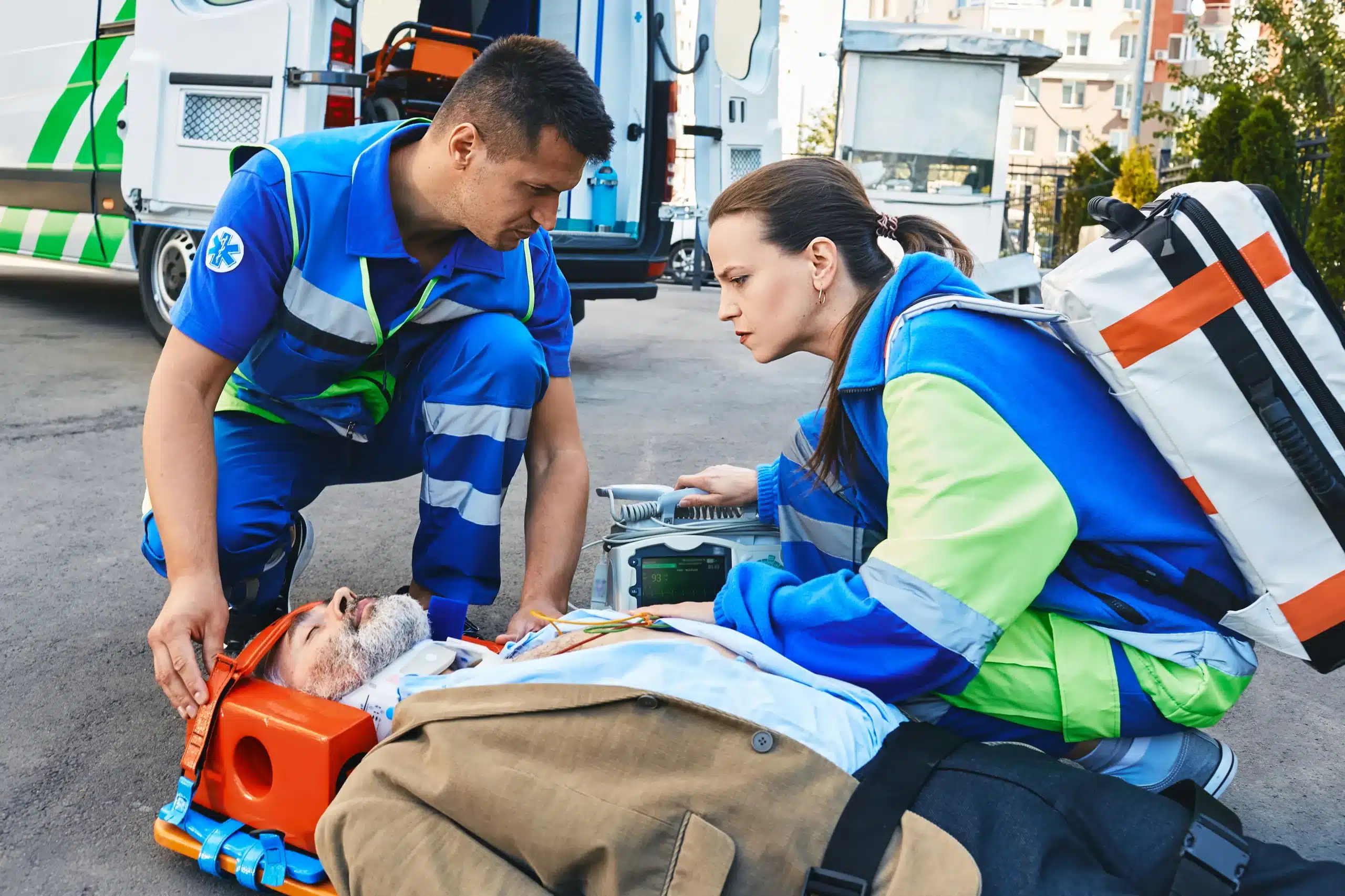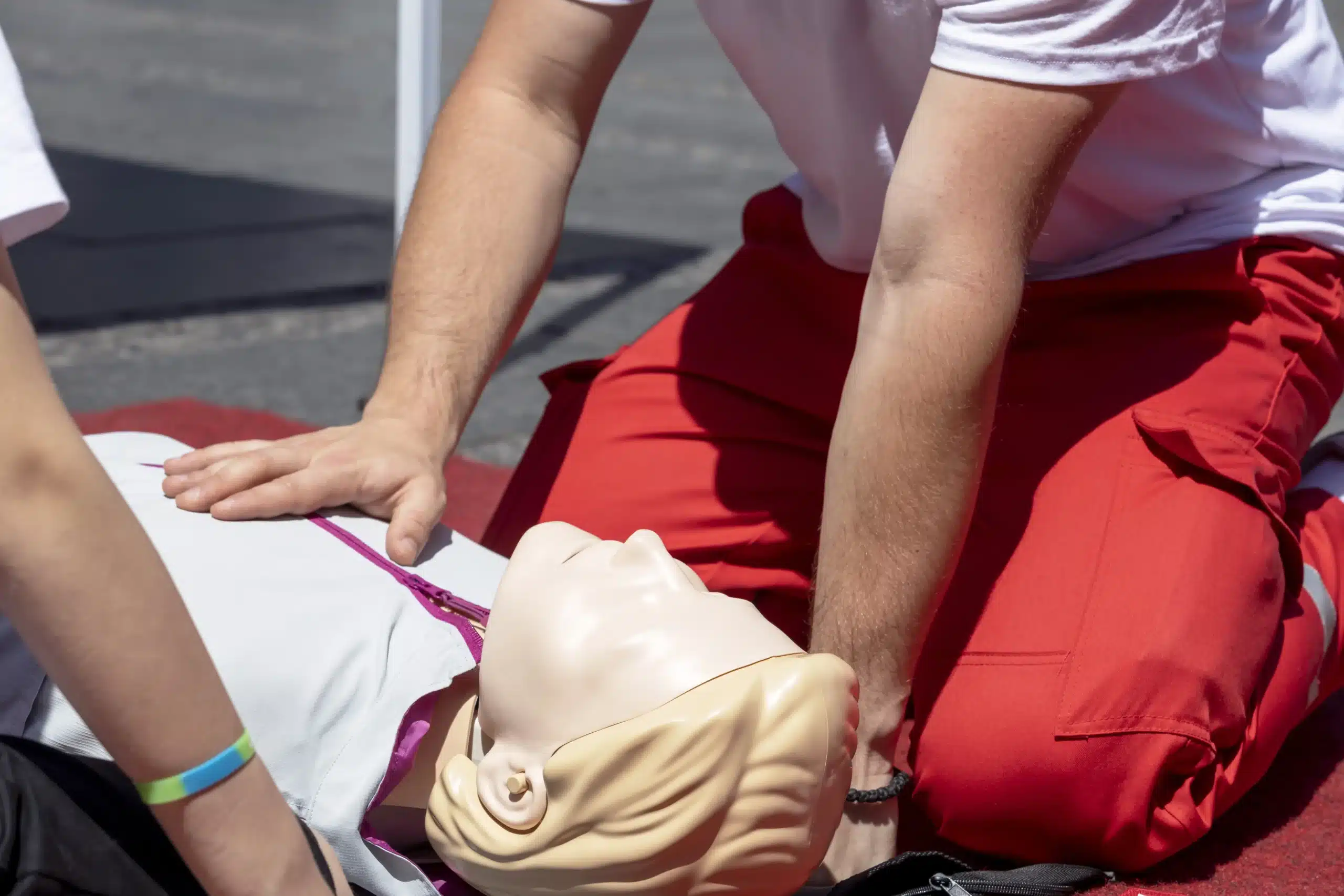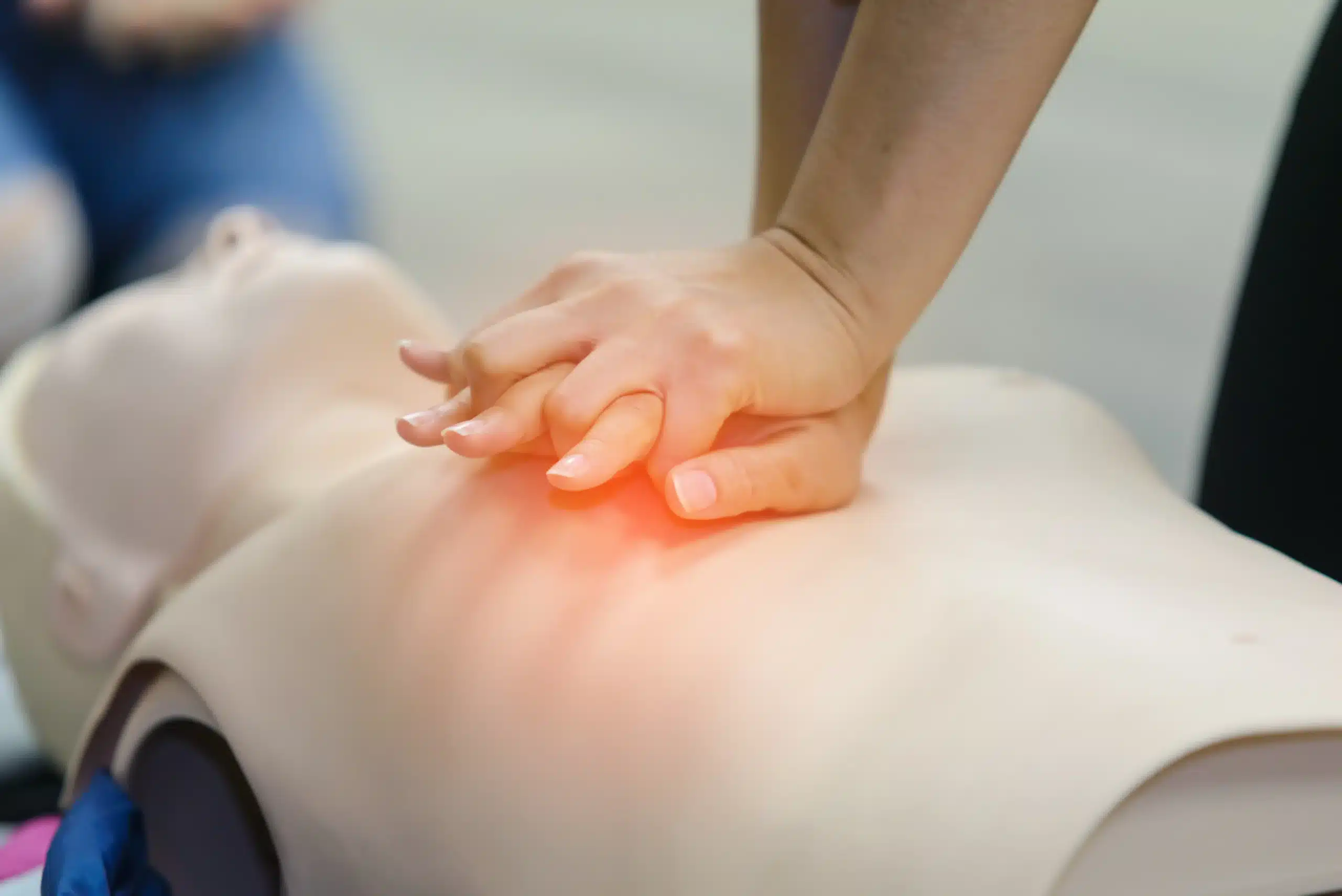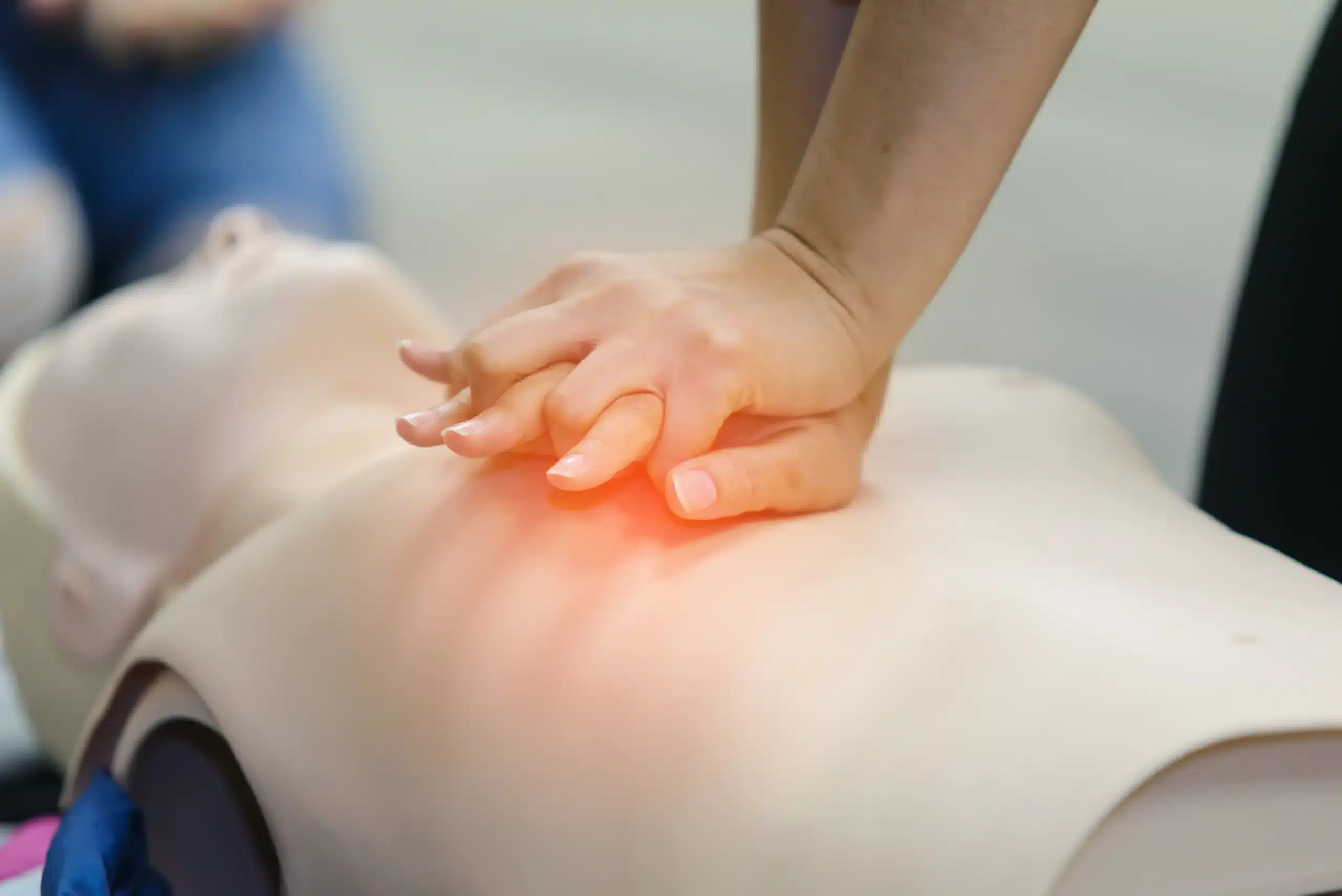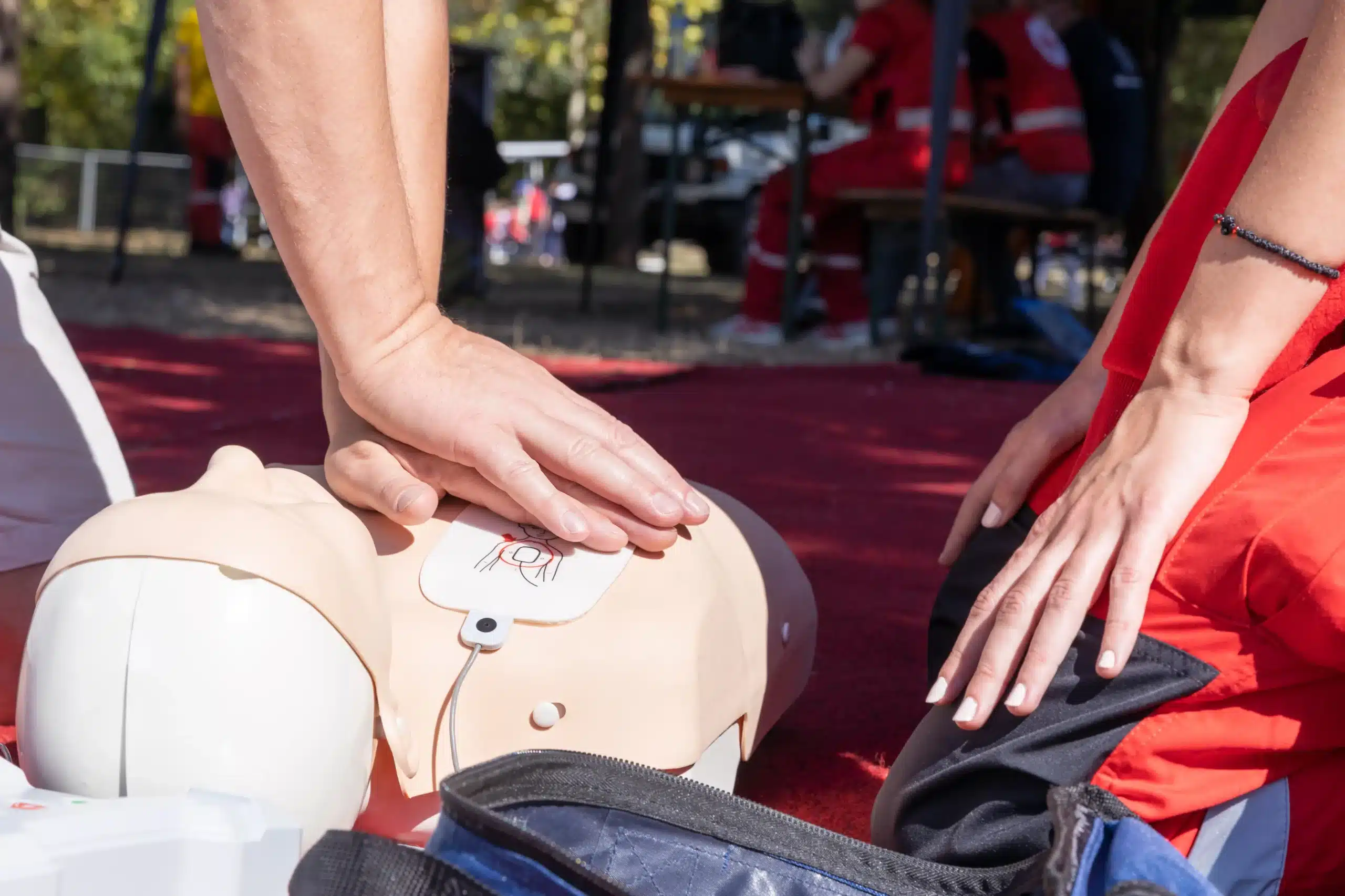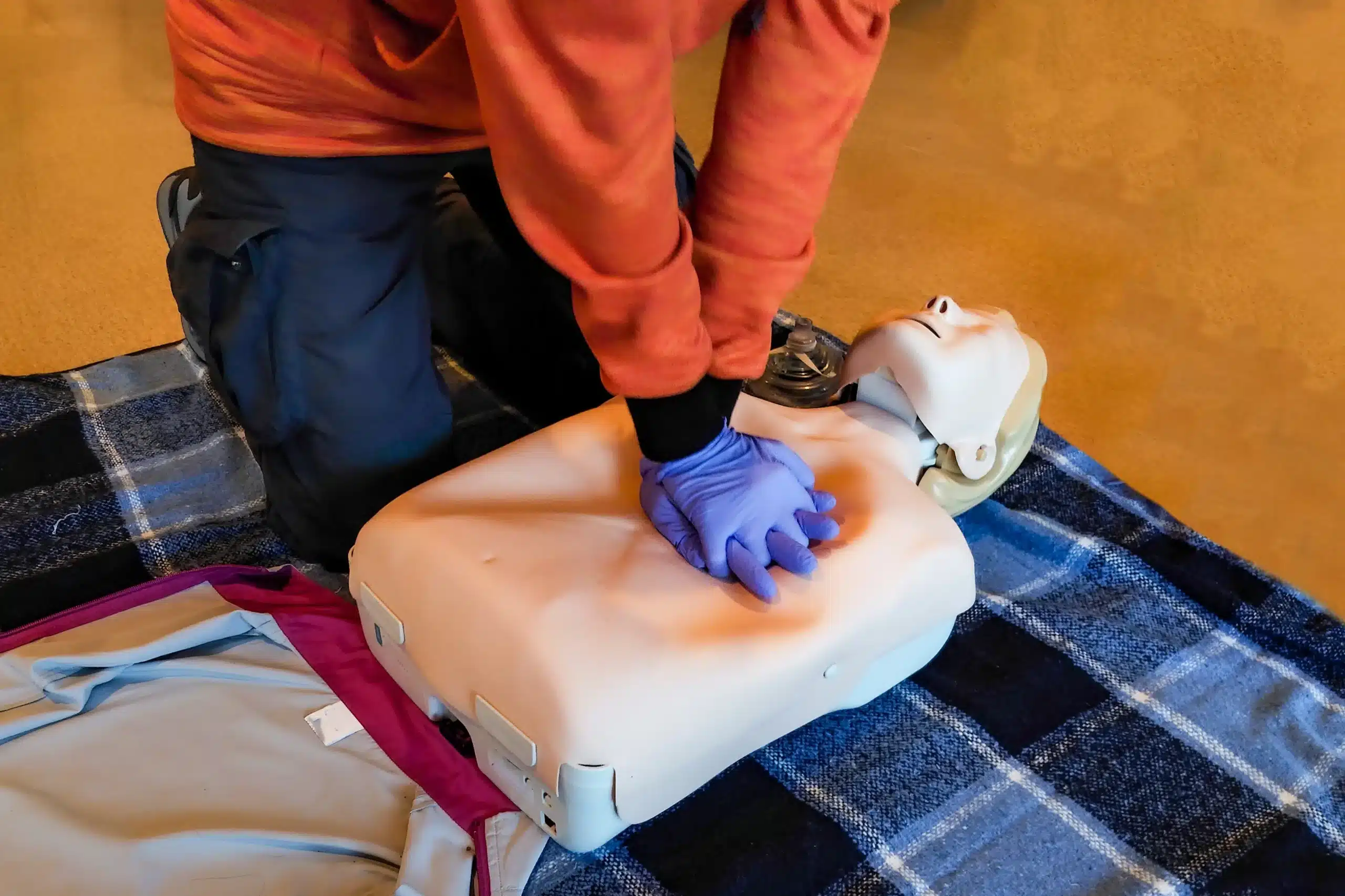Empowering yourself with lifesaving skills is a rewarding decision. Basic Life Support (BLS) training provides the knowledge and hands-on practice to respond confidently during medical emergencies. This article explores the world of BLS, from understanding its core principles to finding the perfect BLS classes in Palo Alto for your needs. We’ll cover the essential skills taught in BLS courses, the benefits of certification, and how to choose the right training provider. Whether you’re a healthcare professional, a caregiver, or simply someone who wants to be prepared for any situation, this guide will help you on your journey to becoming BLS certified.
Key Takeaways
- BLS certification equips you with essential lifesaving skills: Learn CPR, AED operation, and choking relief techniques to confidently respond to medical emergencies.
- Choose an AHA-certified BLS course that fits your needs: AHA certification ensures high-quality training based on the latest guidelines. Consider factors like location, schedule, and cost when selecting a provider.
- BLS training is valuable for everyone: Whether required for your profession or for personal preparedness, BLS skills empower you to make a difference in critical situations.
What is BLS?
Basic Life Support (BLS) is a level of medical care provided to someone experiencing a life-threatening illness or injury until they can receive full medical care at a hospital. It’s crucial in those first few minutes when someone’s breathing or heartbeat has stopped. Think cardiac arrest, near-drowning, or choking. BLS training gives you the skills to potentially save a life. These skills include CPR, how to use an automated external defibrillator (AED), and basic airway management techniques. Knowing how to help someone who is choking is also a key component of BLS. Learn more about common misconceptions surrounding BLS.
What are BLS Classes?
BLS classes provide the hands-on training and knowledge you need to respond effectively in these critical situations. BLS certification courses cover core lifesaving skills like performing high-quality CPR, correctly operating an AED, and relieving choking. Many courses, like the BLS CPR Provider Heartcode course, offer a blended learning approach. This allows you to complete the online portion of the training, usually in one to two hours, before attending a shorter, in-person session for hands-on skills practice and testing.
Why is BLS Training Essential?
BLS training equips you with the essential skills to respond confidently during medical emergencies. Knowing how to perform CPR effectively can dramatically improve someone’s chances of survival. BLS training demonstrates your preparedness to handle critical situations and provide immediate care, whether you’re a healthcare professional or simply a bystander. This training is invaluable and can make a real difference.
Who Needs BLS Training?
While BLS certification is often a requirement for healthcare professionals and first responders, it’s a valuable skill set for anyone. From medical students and nurses to teachers, coaches, and childcare providers, BLS training empowers individuals to respond effectively in emergencies. Even if you’re not in a medical field, having these skills can be incredibly beneficial. Consider BLS training an investment in your ability to provide crucial support during unexpected events.
Find a BLS Class in Palo Alto
Finding the right BLS class can feel overwhelming, but with a little research, you can find a course that fits your needs and schedule. Here are a few options to explore in the Palo Alto area:
Safety Training Seminars
Safety Training Seminars offers AHA-certified BLS classes right here in Palo Alto. They also offer other certifications like CPR, ACLS, PALS, and First Aid. With classes running daily from 8 am to 10 pm, you can easily find a time that works for you. Plus, you’ll receive your official AHA certification card upon completion, valid for two years. They conveniently serve Palo Alto, Redwood City, and Menlo Park. For more details on pricing and group options, explore their website.
Stanford Health Care
Stanford Health Care provides BLS courses designed for healthcare providers. These AHA-certified courses combine lectures, videos, and hands-on practice led by an AHA instructor. Successful completion earns you an AHA BLS-HCP course completion card, widely recognized in the healthcare field.
American Red Cross
The American Red Cross is another well-known provider of BLS training. Their BLS certification covers essential skills like using an AED, basic airway management, and assisting someone who is choking. This training is valuable for anyone wanting to improve their emergency response skills.
Other Local Providers
Beyond these options, several other local providers offer AHA-certified BLS courses in and around Palo Alto. When researching, consider factors like class schedules, cost, and the training provider’s reputation. Choosing a course that aligns with your specific requirements will ensure you receive high-quality training. For a comprehensive guide to BLS for Healthcare Providers in Palo Alto, read more.
Your BLS Class Experience
Your BLS class experience is designed to be comprehensive and practical, giving you the confidence to act in emergencies. From course content to hands-on training, here’s what you can expect:
Course Content and Skills
BLS certification courses in Palo Alto cover the essential lifesaving skills you’ll need in a crisis. You’ll learn high-quality CPR, how to use an AED, and techniques for relieving choking. These skills are fundamental for anyone wanting to respond effectively in critical situations. The curriculum is based on the latest American Heart Association guidelines, ensuring you receive up-to-date training.
Class Duration and Format
The BLS CPR Provider Heartcode course offers flexibility, allowing you to complete the cognitive portion online. This part usually takes between one and two hours, regardless of whether you’re getting certified for the first time or renewing your credentials. After finishing the online portion, you’ll schedule a short in-person skills session with an instructor. This blended learning approach combines the convenience of online learning with the essential hands-on practice.
Certification Process and Validity
After successfully completing both the online and in-person components of the course, you’ll receive an American Heart Association BLS-HCP course completion card. This certification is widely recognized and is often a requirement for healthcare providers and those in emergency response roles. Your card will be valid for two years, after which you’ll need to recertify.
Hands-on Practice
BLS courses blend lectures and instructional videos with hands-on practice guided by an AHA instructor. This interactive approach ensures you not only understand the theory but also develop the practical skills to perform these lifesaving techniques confidently. You’ll practice on manikins in a safe and supportive environment, allowing you to build muscle memory and confidence. The instructors provide personalized feedback and guidance, helping you master the skills.
Costs, Schedules, and Registration
Getting BLS certified is straightforward. This section covers costs, scheduling, and registration details to help you prepare.
Average Pricing and Discounts
BLS course fees in Palo Alto vary based on the training center and course format. Safety Training Seminars, a woman-owned American Heart Association Training Center, offers competitive pricing. Check their website for the latest pricing and any discounts, especially for group registrations. Often, registering with friends or colleagues can lower the per-person cost.
Flexible Class Schedules
Balancing BLS training with your existing commitments is easier than you think. Safety Training Seminars offers daily classes from 8 am to 10 pm, providing flexibility for various schedules. This range of class times makes it easier to find a slot that works, whether you prefer morning, afternoon, or evening.
Register for a Class
Registering for a BLS class is typically quick and easy. Many providers, including Safety Training Seminars, offer online registration. The BLS CPR Provider Heartcode course lets you complete the cognitive portion online, which usually takes one to two hours. Afterward, you’ll schedule a short in-person skills session.
Cancellation and Rescheduling
Life can be unpredictable. While specific policies vary by provider, most understand that unexpected events occur. Contact your chosen training center directly to understand their cancellation and rescheduling policies. This helps you understand any associated fees or procedures and adjust your training plans as needed.
Choose the Right BLS Class
Finding the right BLS class means thinking about a few key things, from who’s teaching it to how it’s taught. This section helps you sort through those choices and find what works best for you.
Choosing a Provider
When you’re picking a BLS training provider in Palo Alto, look for AHA-certified courses. The American Heart Association (AHA) sets the standard for CPR and BLS training. They have courses for everyone, from healthcare professionals to everyday people. Make sure the provider has certified instructors and good training materials. Things like class size and the instructor-to-student ratio can make a difference in how much personal attention you get. Safety Training Seminars offers AHA-certified BLS training in Palo Alto.
Initial vs. Renewal Courses
Whether you’re new to BLS or renewing your certification, it helps to understand how the course is structured. With the BLS CPR Provider Heartcode course, you can often do the knowledge portion online, which usually takes one or two hours. This online option makes it easier to fit the training into a busy schedule. Renewal courses usually cover the same core material as initial courses, focusing on refreshing your skills and covering any updated guidelines.
Online vs. In-Person Training
BLS training often goes along with CPR training. A good BLS class covers essential skills like adult, child, and infant CPR, how to help someone who’s choking, and how to use an AED. You can usually choose between online and in-person classes. Online BLS courses offer flexibility, while in-person classes give you hands-on practice and direct interaction with the instructor. Think about how you learn best when deciding which format is right for you.
Common Concerns and Misconceptions
Some people think getting BLS certified takes a lot of time. Actually, many courses are designed to be short and sweet. You can learn these lifesaving skills without a huge time commitment. BLS training includes using AEDs, basic airway management, and helping someone who is choking.
Additional BLS Resources
If you’re looking for more specialized training, find providers that offer different kinds of BLS courses, including ones for healthcare providers and regular folks. This lets you pick a course that fits your specific needs and skill level. The American Heart Association website has more information and resources. Choosing the right BLS class means you’ll be ready to handle emergencies and give critical care when it’s needed most.
Related Articles
- BLS Certification in Palo Alto: A Comprehensive Guide
- BLS for Healthcare Providers in Palo Alto: Complete Guide
- BLS Renewal in Palo Alto: Your Easy Guide – Palo Alto CPR Classes
- BLS CPR Classes in Palo Alto, CA – Palo Alto CPR Classes
- Online BLS Classes in Palo Alto: Your Guide – Palo Alto CPR Classes
Frequently Asked Questions
How long does it take to get BLS certified?
The time commitment for BLS certification varies depending on the course format and provider. Blended learning courses, like the BLS CPR Provider Heartcode course, often involve 1-2 hours of online coursework followed by a shorter in-person skills session. Traditional classroom-based courses may take a full day.
What’s the difference between BLS and CPR?
CPR (Cardiopulmonary Resuscitation) is a specific lifesaving technique used when someone’s breathing or heartbeat has stopped. BLS (Basic Life Support) encompasses a broader range of skills, including CPR, AED use, and basic airway management, to provide initial medical care in various emergency situations. Think of CPR as one piece of the larger BLS puzzle.
Is online BLS certification accepted?
Yes, online BLS certification is widely accepted, especially blended learning formats that combine online coursework with in-person skills practice and testing. Ensure the course you choose is certified by a recognized organization like the American Heart Association (AHA) to guarantee its validity.
How much does a BLS class cost?
BLS class costs vary based on location, provider, and course format. Expect to pay anywhere from $75 to $150. Look for providers like Safety Training Seminars that offer competitive pricing and potential group discounts.
How often do I need to renew my BLS certification?
BLS certification is typically valid for two years. Recertification courses are available to refresh your skills and ensure you’re up-to-date on the latest guidelines. Check with your certifying organization for specific renewal requirements.
